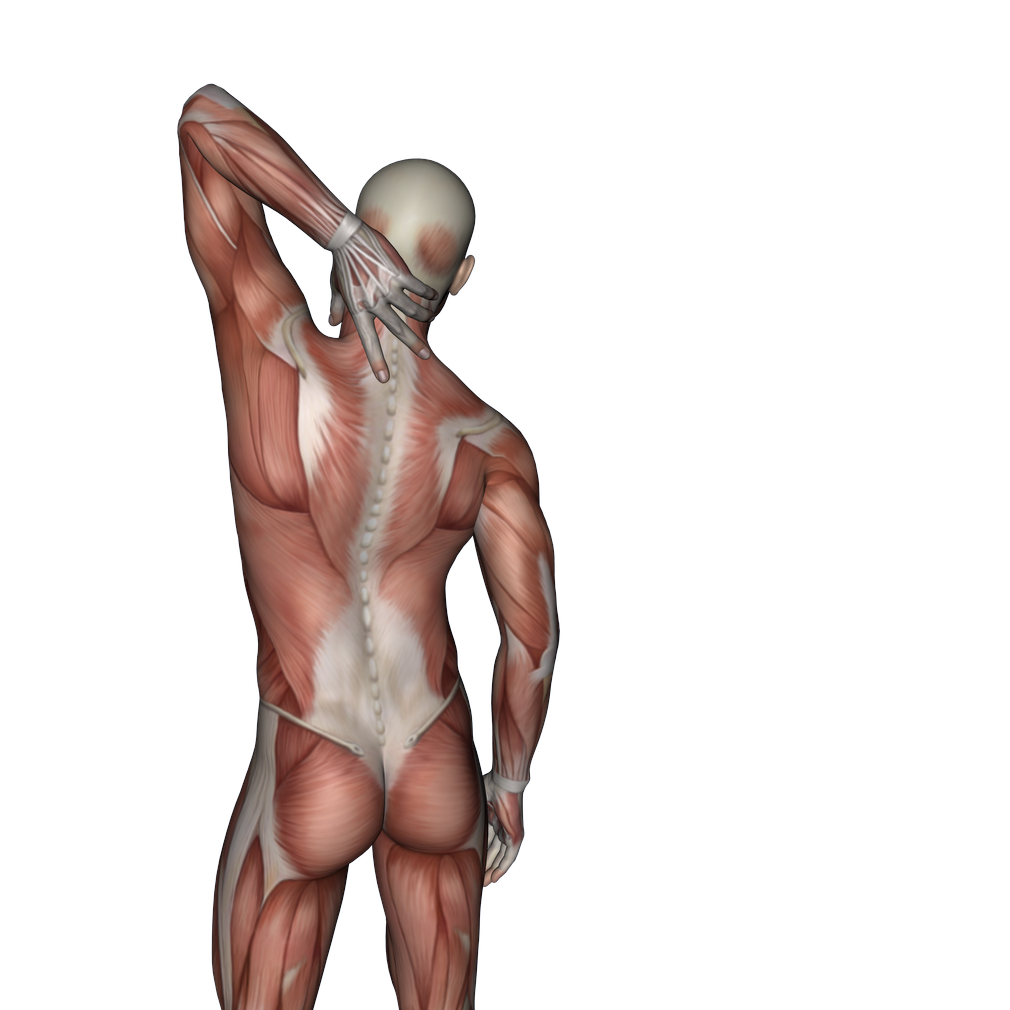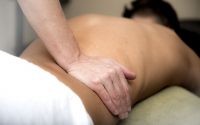New Take on Human Motion: The Bouncing Bones Hypothesis
For decades, scientists have used models like the inverted pendulum to explain how humans and animals walk or run.
The “Bouncing Bones” model reimagines bones as springy structures, not just rigid levers. This means bones can flex and release energy, making movement more efficient. Integrating insights from biomechanics, thermodynamics, and even ancient practices like Tai Chi, this approach could influence the design of prosthetics, athletic training, and robotics.
Why the Change?
Traditional models, like the spring-mass system, treat muscles as the primary sources of motion and energy, with bones serving mainly as support. But according to researchers, these models overlook the dynamic role of bones themselves. In the Bouncing Bones framework, bones store and release energy in a cyclical manner—much like the springs in a pogo stick—allowing for smoother and more efficient motion. This concept aligns better with modern understandings of muscle and skeletal interactions, making it a more holistic view of movement.
The “Bouncing Bones” hypothesis redefines human and animal locomotion by treating bones as the primary springs of the body, rather than rigid levers. This model integrates energy efficiency principles from thermodynamics and systems science, viewing movement as a synergy between muscles and bones. Muscles act as stabilizers, transferring ground forces to bones, which then store and release energy for efficient motion.
Bridging the Old and the New
What’s particularly exciting about this theory is how it merges modern scientific research with ancient wisdom. Practices like Tai Chi have long emphasized flowing, energy-efficient movements. It turns out that this might have a scientific basis. When we think of bones as “bouncing springs” rather than stiff rods, it opens up new ways to train for balance, flexibility, and endurance.
The idea is that movement and force transmission in the body occur through interconnected networks of muscles and structures that stiffen and act in parallel, allowing the body to handle external forces as a unified system. When the body initiates a forward lean, similar to a Jack-in-the-box, stored internal energy is released for propulsion.
This propulsion is comparable to how a Slinky moves downstairs, where the back leg, unless restricted, is pulled forward at low energy cost due to inertia and momentum. As the foot contacts the ground, the forward-moving center of mass (CoM) aligns with it, and the body’s mass transfers kinetic energy into the body, loading it like springs, which then release stored energy to propel the body upward and forward.
The body’s structures, such as bones, tendons, and ligaments, function as compression and tension springs that mutually load and release energy. This mechanism propels the center of mass , and due to the near-frictionless joints, the body glides forward efficiently. The interaction with gravity allows organisms to minimize energy expenditure and maximize movement efficiency.
Practical Implications
This model isn’t just an academic exercise—it has real-world applications. For instance, in designing next-generation prosthetics, understanding how bones contribute to movement could lead to devices that better mimic natural human motion. The same goes for robotics, where incorporating this principle could result in robots that walk and run more like living creatures.
For massage therapists, the “Bouncing Bones” theory suggests that bones, not just muscles, play a dynamic role in storing and releasing energy. This means that therapists should consider how bone movement influences overall flexibility and tension in the body. Techniques can be adapted to support the natural “spring-like” motion of bones, enhancing energy flow and promoting deeper relaxation. Understanding this can help therapists optimize treatments for improved balance, posture, and reduced muscle strain.
Read more about the concept here.

